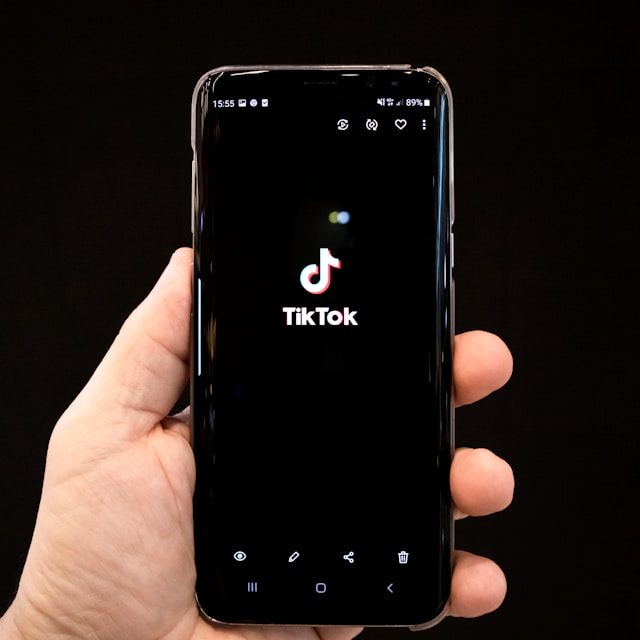
#UnderconsumptionCore
23 August, 2024
Five minutes on Tiktok is enough to convince anyone to buy a rose quartz face roller, and question how they survived all these years without one. It’s difficult not to get swept up by the current of mass consumerism, when every other post shows an influencer unpackaging gifted goods or promoting their latest purchases, normalising an unsustainable and unnecessary magnitude of consumerism.
But the recent entry of a rival Tiktok trend termed ‘Underconsumption Core’ has been a refreshing change. In non-Tiktok words, people are posting about repurposing and making use of what they already own, and now, in typical GenZ fashion, it’s become a viral trend. In many ways it’s remarkably unremarkable; there’s nothing new or groundbreaking around what should really be seen as normal consumption, and critics point to the inherent position of privilege required to glamorise the way many people already live.
But viewed more favourably, underconsumption core can be seen as the latest iteration of a cultural shift towards more economically conscious and sustainable behaviour. As a form of minimalism, a ‘rebranding of conscious consumerism where people are flexing luxe slowness’ and as a continuation of the broader ‘de-influencing’ movement, it’s a trend which responds to the current economically challenging conditions and prioritizes sustainability over the short-term thrill of shopping. For brands, the question should be how to lean into this, whether through embedding principles of reuse, upcycling and repair, rewarding customer loyalty rather than spend and innovating to create longer lasting and more sustainable products.
By Rosie Serlin
 Back to all friday 5
Back to all friday 5